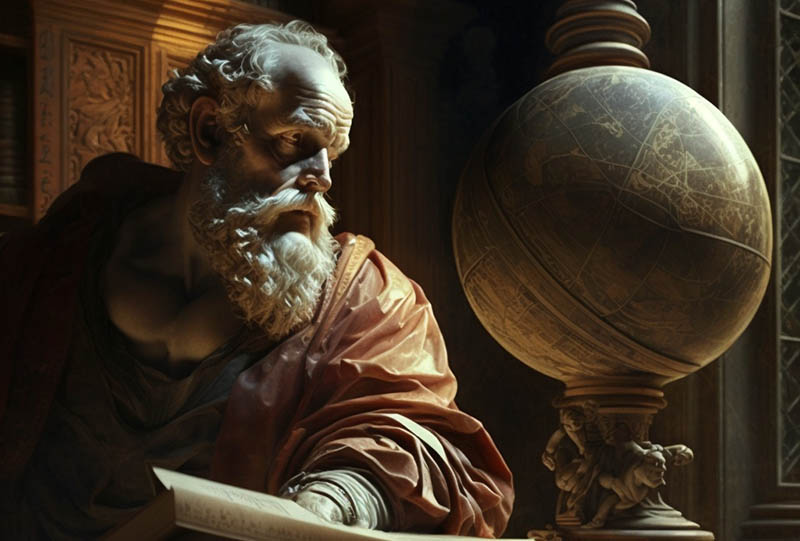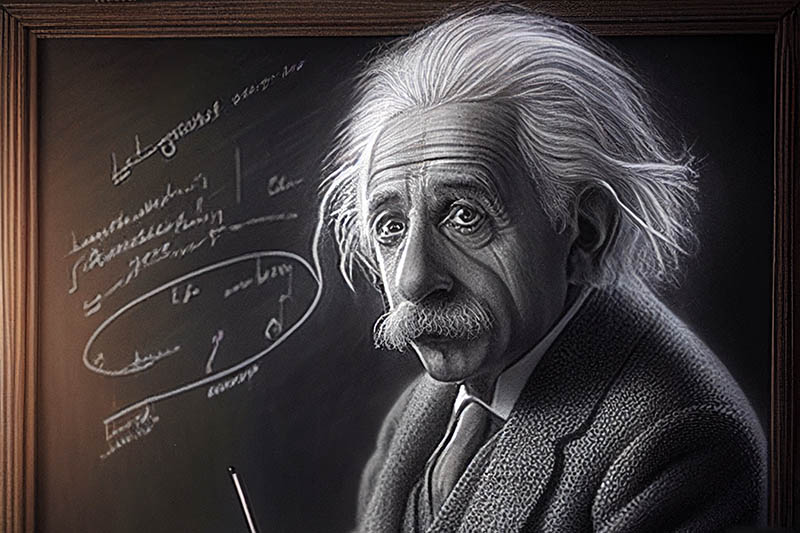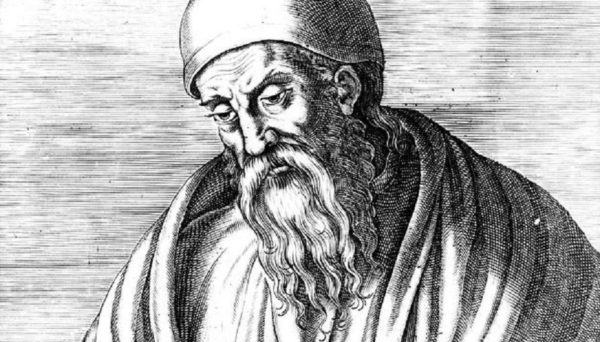Galileo Galilei made many scientific discoveries during his long life. However, his later years were overshadowed by persecution by the Catholic Church.
Who is Galileo Galilei?
- Galileo Galilei was born on February 15, 1564, in Pisa, Italy. He was the eldest of six children, born to Vincenzo Galilei, a musician and wool trader, and Giulia Ammannati.
- As a young boy, Galileo showed an early aptitude for mathematics and science, and he received his early education from a private tutor.
- At the age of 17, the future scientist enrolled at the University of Pisa to study medicine, but he soon abandoned his studies to pursue his interests in mathematics and science.
- Contrary to popular belief, the Inquisition didn’t burn Galileo at the stake. That sad fate befell another famous scientist, Giordano Bruno.
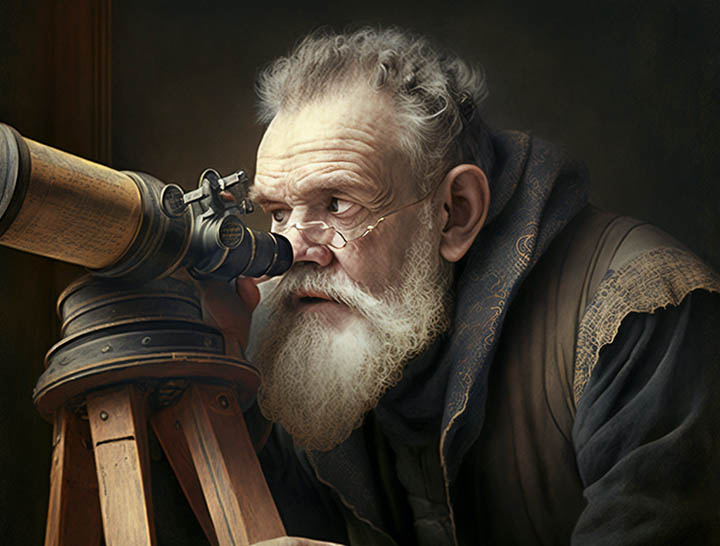
Galileo’s Scientific Discoveries:
- Galileo’s early scientific work focused on the study of motion and the dynamics of falling bodies.
- He also made several important contributions to the field of physics, including the discovery of the law of acceleration, which states that the acceleration of a falling body is proportional to the square of the time elapsed.
- Galileo is best known for his work in the field of astronomy, where he made several groundbreaking observations with the newly invented telescope.
- In 1609, Galileo Galilei built his own telescope and used it to observe the night sky, making several important discoveries that challenged the prevailing Aristotelian view of the universe. His use of the telescope to observe the heavens and make detailed observations of the cosmos helped to revolutionize our understanding of the universe.
- He was the first person to observe the moons of Jupiter and the phases of Venus, which supported the Copernican model of the Solar System.
- He also discovered the four largest moons of Jupiter (Io, Europa, Ganymede, and Callisto), which are now known as the Galilean moons.
- Galileo made detailed observations of the surface of the Moon and the sunspots, which challenged the idea that the heavens were perfect and unchanging.
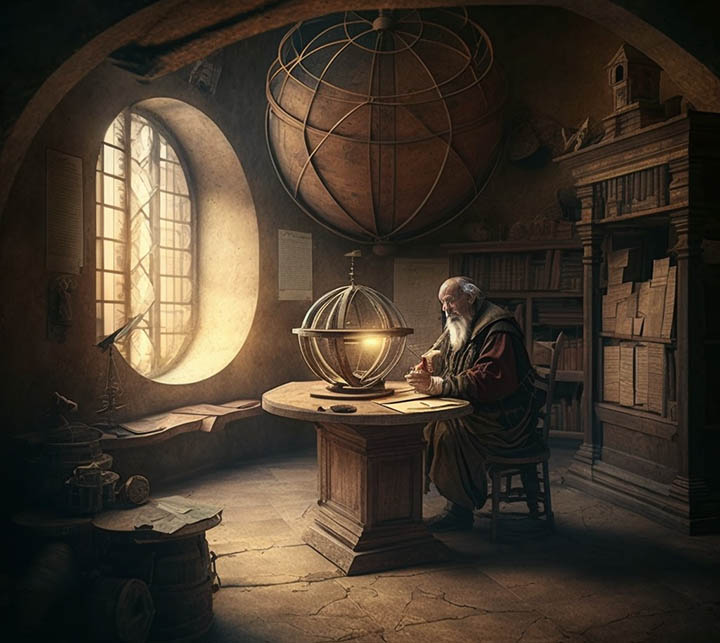
Controversial Views of Galileo Galilei
- Galileo’s ideas were considered heretical by the Catholic Church, as they challenged the Aristotelian view of the universe and supported the Copernican model.
- In 1616, he was summoned before the Inquisition and was ordered to abandon his views on heliocentrism.
- Despite this, Galileo continued to publish works that supported the Copernican model, and in 1632, he was summoned before the Inquisition again and was forced to recant his views on heliocentrism.
- Galileo Galilei was placed under house arrest for the rest of his life and was banned from publishing any further works on astronomy or natural philosophy.
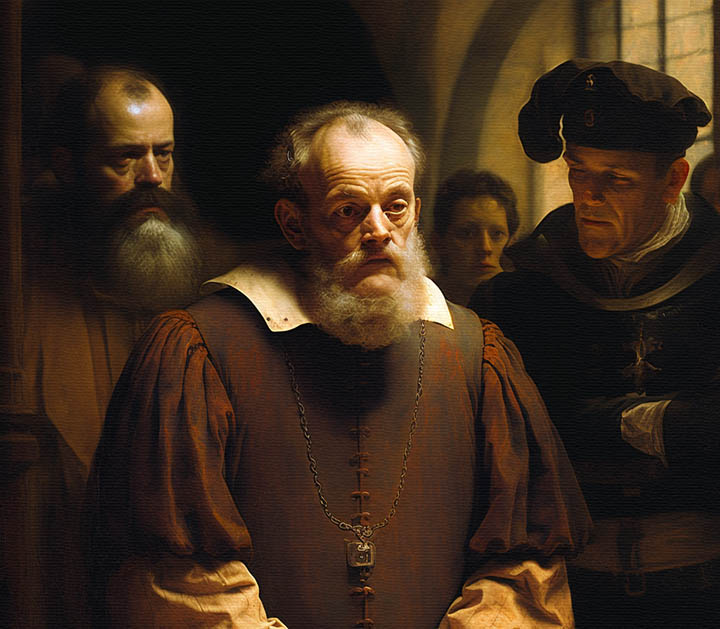
Legacy
- Despite his restrictions, Galileo Galilei continued to write and publish works on mathematics, mechanics, and natural philosophy.
- He wrote several important works, including “The Starry Messenger” (1610), “Dialogue Concerning the Two Chief World Systems” (1632), and “Two New Sciences” (1632).
- Galileo is considered a pioneer of the scientific method and is credited with the development of the experimental method in natural philosophy.
- He was also a skilled mathematician and made important contributions to the fields of geometry and kinematics.
- The Catholic Church officially reversed its condemnation of Galileo’s ideas only in 1992. The Church representatives acknowledged that his views on heliocentrism were scientifically sound.
